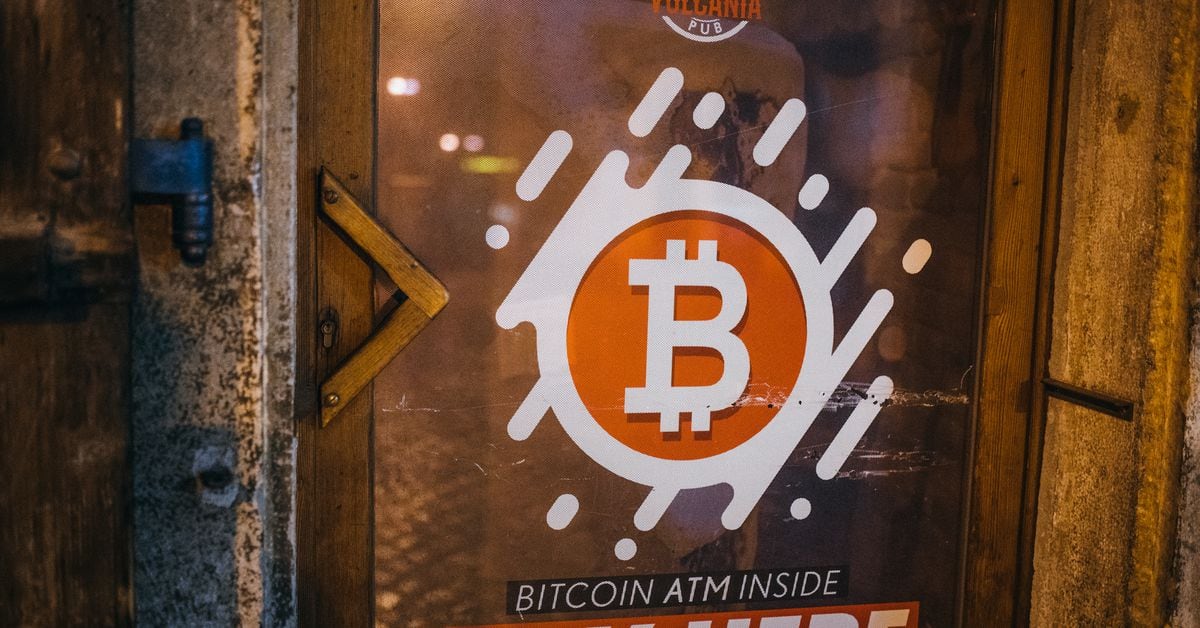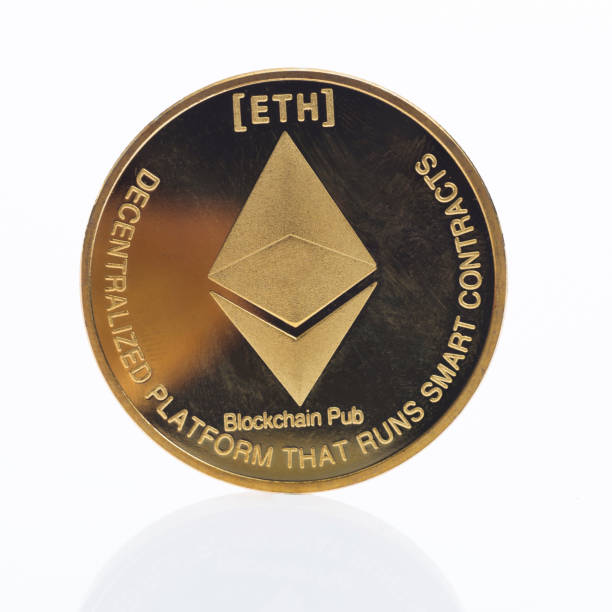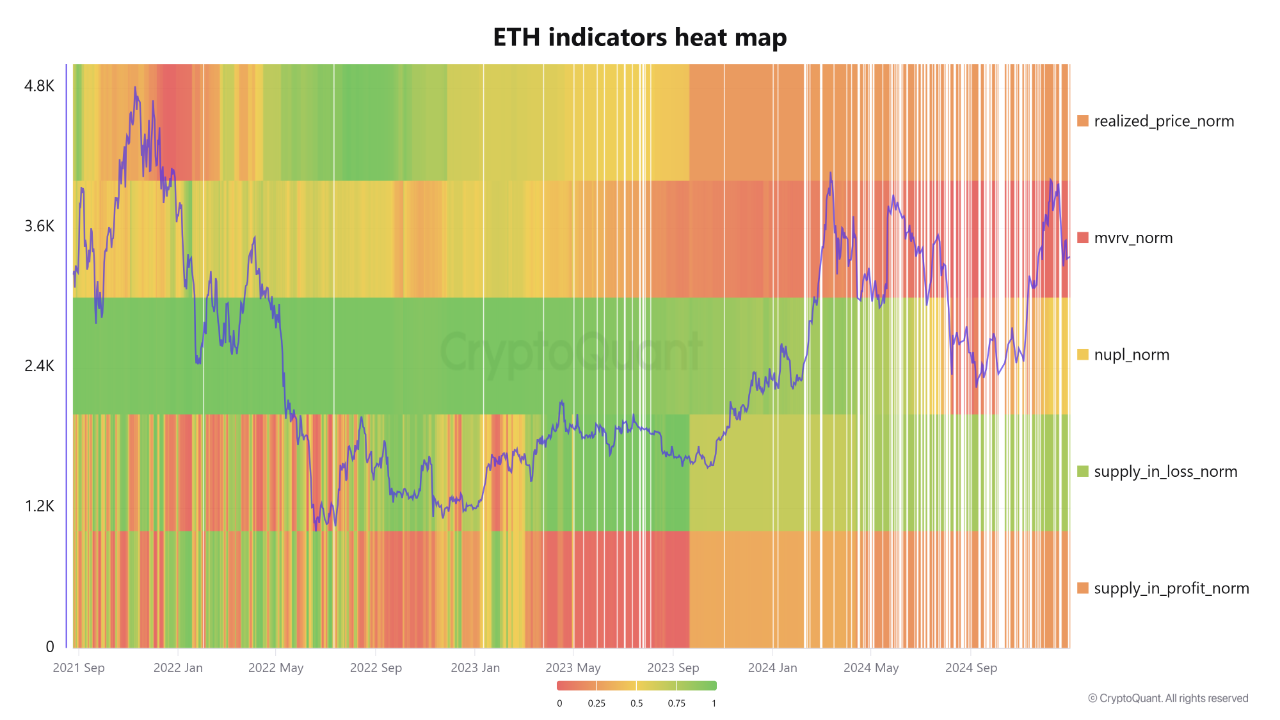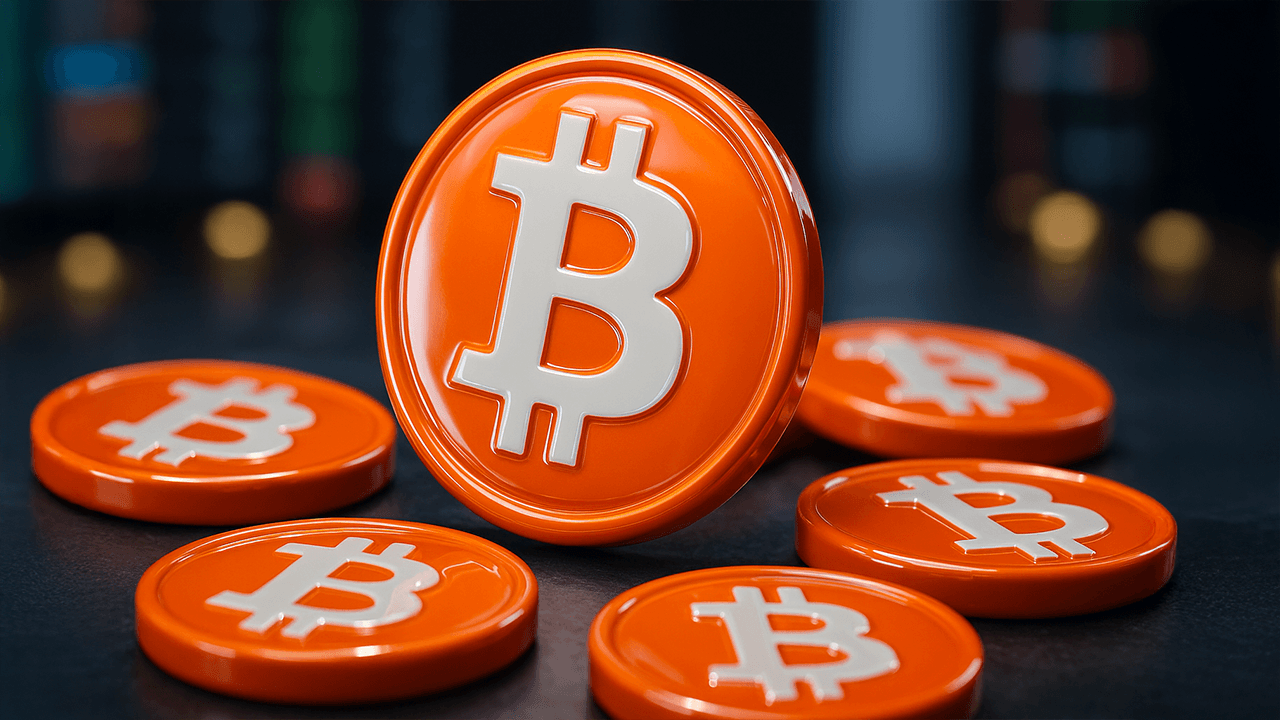Stablecoins, a
type of cryptocurrency designed to maintain a steady value by linking it to a
reserve of assets such as fiat currency or commodities, have received a lot of
interest and adoption in recent years. They promise the best of both worlds:
digital currency efficiency and traditional currency stability. However, the
stability of stablecoins, particularly during times of crisis, has been called
into question.
The Attraction
of Stablecoins
Stablecoins
have grown
in popularity for a variety of reasons. For starters, they provide a
digital alternative to fiat currencies such as the US dollar, euro, and
Japanese yen. When compared to traditional banking systems, this digital form
enables for speedier and less expensive cross-border transactions.
Furthermore,
stablecoins offer a sense of security in the volatile world of
cryptocurrencies. Stablecoins, as opposed to more volatile equivalents such as
Bitcoin or Ethereum, attempt to maintain a steady value, making them a
preferred alternative for everyday transactions, investments, and as a store of
wealth.
Everyday
Transactions with Stablecoins
Stablecoins
have shown to be useful in ordinary transactions. They are popular for
cross-border remittances because they avoid the expensive costs and long
processing delays associated with traditional money transfer providers.
Furthermore, stablecoins enable quick transaction resolution, making them
appealing for peer-to-peer payments, online purchases, and even salary
payments.
Keep Reading
Stablecoins are
appealing to both retailers and consumers due to their reliability. Merchants
can accept stablecoins in exchange for goods and services without fear of price
swings, while customers can retain and spend them with assurance that their
value will not alter dramatically overnight.
Speculation and
Investment
Stablecoins
have found a home in the worlds of investing and speculation, in addition to
their use in regular transactions. Traders frequently employ stablecoins as a
safe refuge during market instability. When the value of cryptocurrencies
fluctuates significantly, investors can immediately convert their cash into
stablecoins to safeguard their value.
Furthermore,
stablecoins serve as an entry and exit point for traders wishing to trade more
volatile cryptocurrencies. This adaptability enables traders to efficiently
time the market and control their risk.
Tether
Disagreement
Tether (USDT),
one of the most well-known stablecoins, has seen its fair share of controversy.
Tether claims to have a 1:1 peg to the US dollar, which means that each USDT
token in circulation is backed by an identical number of US dollars in
reserves. However, questions have been raised about the openness and integrity
of these reserves.
Tether’s lack
of regular and independent audits has raised concerns that it may not have
enough funds to fully back its USDT tokens. This dispute has raised concerns
about Tether’s stability and capacity to maintain its peg amid a crisis.
In a Crisis,
Stablecoins
The actual
measure of stablecoin stability is how they perform during economic and
financial crises. Stablecoins should prove their worth as a reliable store of
value and medium of exchange during times of uncertainty and turbulence.
Traditional
fiat currencies are frequently under strain during times of crisis due to
reasons such as inflation, currency depreciation, and capital flight. People
seek assets that can maintain their value in such circumstances, and
stablecoins should ideally fill this role.
The Argument
for Stability
Because of
their reliability, stablecoins have the potential to shine amid a crisis. While
traditional currencies may lose value, stablecoins stay pegged to a stable
asset, guaranteeing that their value remains largely consistent. Individuals
and corporations wishing to protect their capital from economic turbulence may
find this stability to be a safe refuge.
Furthermore,
the speed and efficiency of stablecoin transactions make them an appealing
choice for transferring funds across borders during times of crisis,
particularly when traditional banking institutions may be disrupted.
The Trust
Challenge
The usefulness
of stablecoins in a crisis, however, is dependent on one key component – trust.
Users must have faith in the stablecoin issuer’s stability and trustworthiness,
as well as the underlying reserves. The Tether scandal demonstrated the
significance of transparency and regular audits in order to preserve trust in
stablecoins.
A lack of
transparency or worries about the issuer’s capacity to follow the peg can
quickly erode trust, resulting in a loss of faith in the stablecoin. If trust
is undermined in a crisis, the rush to stablecoins may swiftly transform into a
rush to exit.
Regulatory
Examination
Another issue
that stablecoins face is regulatory monitoring. Governments and financial
agencies throughout the world are paying closer attention to stablecoins due to
worries about their potential impact on monetary and financial stability, as
well as consumer protection.
Regulatory
measures and restrictions can disrupt stablecoin issuers’ operations and impair
their ability to sustain stability during a crisis. This regulatory uncertainty
complicates the stability equation even more.
A Contribution
to Financial Inclusion
Stablecoins
have the potential to play a big role in financial inclusion, notwithstanding
the hurdles and concerns. Access to stable and dependable currencies is limited
in many parts of the world. Stablecoins can bridge this gap by allowing
individuals to store and transact in a stable currency, even in locations where
local currencies are erratic.
Furthermore,
stablecoins can simplify cross-border transactions for people who do not have
access to standard financial systems. This has the potential to empower
millions of unbanked and underbanked people and drive global financial
inclusion.
The Challenge of
Stablecoin Deppegings: Past, Present, and Future
Stablecoins, known for their
price stability, have faced depegging issues in recent times, raising questions
about the necessity of regulations that mandate full reserve backing for these
digital assets.
Stablecoins aim to maintain a
1:1 peg with a specific fiat currency or a basket of assets, providing a secure
and reliable medium of exchange within the crypto space. However, these assets
have proven not to be immune to significant deviations from their pegged value.
Understanding why stablecoins depeg and their subsequent effects is crucial for
investors and regulators alike.
Several factors contribute to
stablecoin depegging, ranging from shifts in market conditions, such as
fluctuations in demand and liquidity issues, to macroeconomic changes like
inflation or regulatory developments. In the past, some stablecoins, like USDC,
experienced depegging due to unforeseen circumstances like the collapse of a
major bank. This has triggered concerns over the stability of fully
reserve-backed stablecoins.
Arbitrage opportunities often
emerge when stablecoins depeg, with traders looking to profit from deviations
by purchasing or selling the stablecoin depending on the direction of the
shift. Stablecoin issuers may also take action to rectify the situation,
potentially altering the coin’s supply and collateralization ratio to restore
trust.
Depegging poses risks to
investors and the broader cryptocurrency ecosystem, including increased market
volatility, reputation risk for issuers and the market as a whole, and
liquidity issues. Counterparty risk and regulatory challenges can further
complicate the situation.
Given these risks, investors
must closely monitor their stablecoin holdings and diversify their portfolios.
The recent depegging incidents have prompted calls for stricter regulations,
potentially mandating that stablecoins
be fully fiat-backed or reserved-back to enhance their stability and
minimize the potential risks associated with depegging. As
the debate around stablecoin regulations intensifies, it’s clear that the
cryptocurrency industry is at a crossroads, seeking solutions to ensure these
assets maintain their pegs and provide the stability they promise.
Conclusion:
Finding a Happy Medium Between Trust and Innovation
In a crisis,
the reputation of stablecoins is dependent on a delicate mix of trust and
innovation. While these digital currencies promise stability, their viability
is dependent on maintaining trust in their pegs as well as transparency in
their operations.
As the
stablecoin ecosystem develops, regulatory clarity and adherence to best
practices will become increasingly important. To ensure that their digital
assets live up to their image as reliable and stable forms of wealth,
stablecoin issuers must prioritize openness, regular audits, and compliance
with relevant rules.
Stablecoins
have the potential to provide consumers and businesses with a safe sanctuary
from the storm of economic instability in a future where financial stability is
vital. Realizing this potential, however, necessitates careful navigation of
the hurdles as well as a firm commitment to sustaining trust in the stability
they promise.
Stablecoins, a
type of cryptocurrency designed to maintain a steady value by linking it to a
reserve of assets such as fiat currency or commodities, have received a lot of
interest and adoption in recent years. They promise the best of both worlds:
digital currency efficiency and traditional currency stability. However, the
stability of stablecoins, particularly during times of crisis, has been called
into question.
The Attraction
of Stablecoins
Stablecoins
have grown
in popularity for a variety of reasons. For starters, they provide a
digital alternative to fiat currencies such as the US dollar, euro, and
Japanese yen. When compared to traditional banking systems, this digital form
enables for speedier and less expensive cross-border transactions.
Furthermore,
stablecoins offer a sense of security in the volatile world of
cryptocurrencies. Stablecoins, as opposed to more volatile equivalents such as
Bitcoin or Ethereum, attempt to maintain a steady value, making them a
preferred alternative for everyday transactions, investments, and as a store of
wealth.
Everyday
Transactions with Stablecoins
Stablecoins
have shown to be useful in ordinary transactions. They are popular for
cross-border remittances because they avoid the expensive costs and long
processing delays associated with traditional money transfer providers.
Furthermore, stablecoins enable quick transaction resolution, making them
appealing for peer-to-peer payments, online purchases, and even salary
payments.
Keep Reading
Stablecoins are
appealing to both retailers and consumers due to their reliability. Merchants
can accept stablecoins in exchange for goods and services without fear of price
swings, while customers can retain and spend them with assurance that their
value will not alter dramatically overnight.
Speculation and
Investment
Stablecoins
have found a home in the worlds of investing and speculation, in addition to
their use in regular transactions. Traders frequently employ stablecoins as a
safe refuge during market instability. When the value of cryptocurrencies
fluctuates significantly, investors can immediately convert their cash into
stablecoins to safeguard their value.
Furthermore,
stablecoins serve as an entry and exit point for traders wishing to trade more
volatile cryptocurrencies. This adaptability enables traders to efficiently
time the market and control their risk.
Tether
Disagreement
Tether (USDT),
one of the most well-known stablecoins, has seen its fair share of controversy.
Tether claims to have a 1:1 peg to the US dollar, which means that each USDT
token in circulation is backed by an identical number of US dollars in
reserves. However, questions have been raised about the openness and integrity
of these reserves.
Tether’s lack
of regular and independent audits has raised concerns that it may not have
enough funds to fully back its USDT tokens. This dispute has raised concerns
about Tether’s stability and capacity to maintain its peg amid a crisis.
In a Crisis,
Stablecoins
The actual
measure of stablecoin stability is how they perform during economic and
financial crises. Stablecoins should prove their worth as a reliable store of
value and medium of exchange during times of uncertainty and turbulence.
Traditional
fiat currencies are frequently under strain during times of crisis due to
reasons such as inflation, currency depreciation, and capital flight. People
seek assets that can maintain their value in such circumstances, and
stablecoins should ideally fill this role.
The Argument
for Stability
Because of
their reliability, stablecoins have the potential to shine amid a crisis. While
traditional currencies may lose value, stablecoins stay pegged to a stable
asset, guaranteeing that their value remains largely consistent. Individuals
and corporations wishing to protect their capital from economic turbulence may
find this stability to be a safe refuge.
Furthermore,
the speed and efficiency of stablecoin transactions make them an appealing
choice for transferring funds across borders during times of crisis,
particularly when traditional banking institutions may be disrupted.
The Trust
Challenge
The usefulness
of stablecoins in a crisis, however, is dependent on one key component – trust.
Users must have faith in the stablecoin issuer’s stability and trustworthiness,
as well as the underlying reserves. The Tether scandal demonstrated the
significance of transparency and regular audits in order to preserve trust in
stablecoins.
A lack of
transparency or worries about the issuer’s capacity to follow the peg can
quickly erode trust, resulting in a loss of faith in the stablecoin. If trust
is undermined in a crisis, the rush to stablecoins may swiftly transform into a
rush to exit.
Regulatory
Examination
Another issue
that stablecoins face is regulatory monitoring. Governments and financial
agencies throughout the world are paying closer attention to stablecoins due to
worries about their potential impact on monetary and financial stability, as
well as consumer protection.
Regulatory
measures and restrictions can disrupt stablecoin issuers’ operations and impair
their ability to sustain stability during a crisis. This regulatory uncertainty
complicates the stability equation even more.
A Contribution
to Financial Inclusion
Stablecoins
have the potential to play a big role in financial inclusion, notwithstanding
the hurdles and concerns. Access to stable and dependable currencies is limited
in many parts of the world. Stablecoins can bridge this gap by allowing
individuals to store and transact in a stable currency, even in locations where
local currencies are erratic.
Furthermore,
stablecoins can simplify cross-border transactions for people who do not have
access to standard financial systems. This has the potential to empower
millions of unbanked and underbanked people and drive global financial
inclusion.
The Challenge of
Stablecoin Deppegings: Past, Present, and Future
Stablecoins, known for their
price stability, have faced depegging issues in recent times, raising questions
about the necessity of regulations that mandate full reserve backing for these
digital assets.
Stablecoins aim to maintain a
1:1 peg with a specific fiat currency or a basket of assets, providing a secure
and reliable medium of exchange within the crypto space. However, these assets
have proven not to be immune to significant deviations from their pegged value.
Understanding why stablecoins depeg and their subsequent effects is crucial for
investors and regulators alike.
Several factors contribute to
stablecoin depegging, ranging from shifts in market conditions, such as
fluctuations in demand and liquidity issues, to macroeconomic changes like
inflation or regulatory developments. In the past, some stablecoins, like USDC,
experienced depegging due to unforeseen circumstances like the collapse of a
major bank. This has triggered concerns over the stability of fully
reserve-backed stablecoins.
Arbitrage opportunities often
emerge when stablecoins depeg, with traders looking to profit from deviations
by purchasing or selling the stablecoin depending on the direction of the
shift. Stablecoin issuers may also take action to rectify the situation,
potentially altering the coin’s supply and collateralization ratio to restore
trust.
Depegging poses risks to
investors and the broader cryptocurrency ecosystem, including increased market
volatility, reputation risk for issuers and the market as a whole, and
liquidity issues. Counterparty risk and regulatory challenges can further
complicate the situation.
Given these risks, investors
must closely monitor their stablecoin holdings and diversify their portfolios.
The recent depegging incidents have prompted calls for stricter regulations,
potentially mandating that stablecoins
be fully fiat-backed or reserved-back to enhance their stability and
minimize the potential risks associated with depegging. As
the debate around stablecoin regulations intensifies, it’s clear that the
cryptocurrency industry is at a crossroads, seeking solutions to ensure these
assets maintain their pegs and provide the stability they promise.
Conclusion:
Finding a Happy Medium Between Trust and Innovation
In a crisis,
the reputation of stablecoins is dependent on a delicate mix of trust and
innovation. While these digital currencies promise stability, their viability
is dependent on maintaining trust in their pegs as well as transparency in
their operations.
As the
stablecoin ecosystem develops, regulatory clarity and adherence to best
practices will become increasingly important. To ensure that their digital
assets live up to their image as reliable and stable forms of wealth,
stablecoin issuers must prioritize openness, regular audits, and compliance
with relevant rules.
Stablecoins
have the potential to provide consumers and businesses with a safe sanctuary
from the storm of economic instability in a future where financial stability is
vital. Realizing this potential, however, necessitates careful navigation of
the hurdles as well as a firm commitment to sustaining trust in the stability
they promise.
































